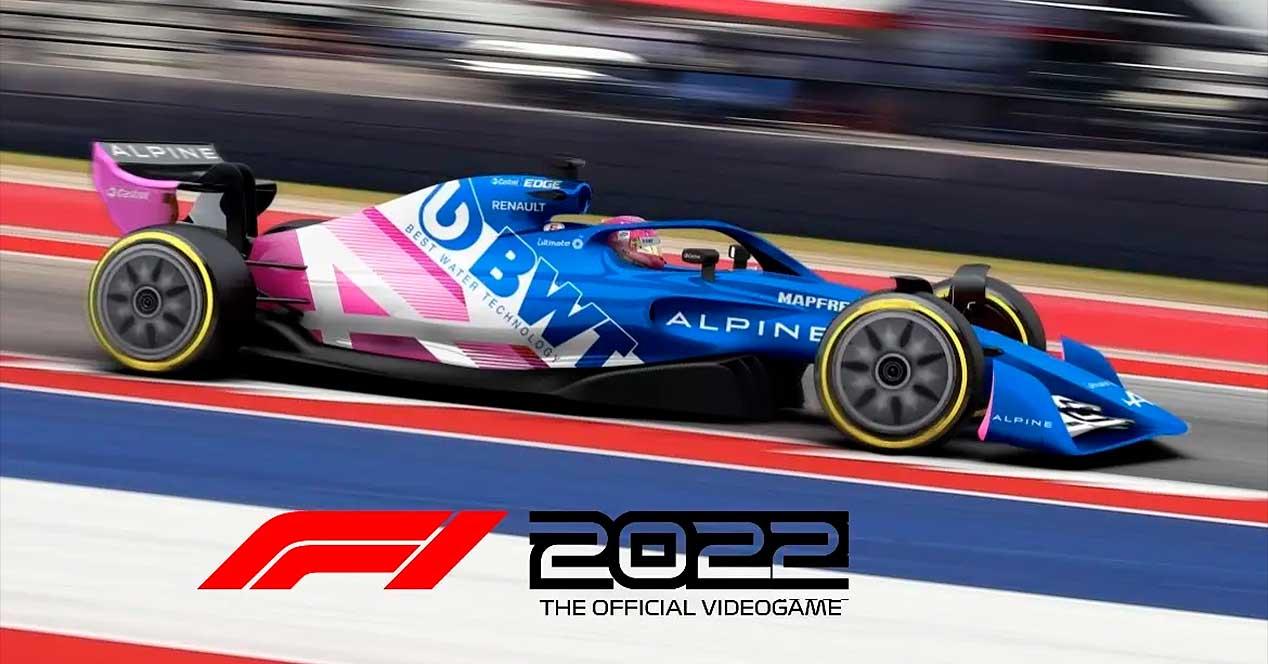The answer to the question is no, it’s not obvious, as it usually happens in these cases and as it always happens, you have to know how to read between the lines so as not to leave the rooms to us for no reason. So we are going to argue a bit more about where we need to go based on several scenarios that will more or less represent your PC.
F1 2022 requirements and what we need to consider.
Let’s start with the developer’s demands to have minimal or decent performance supposed to be best at 1080p and 60 FPS.
minimal
- Processor -> AMD FX 4300 or Intel Core i3-2130
- RAM memory -> 8 GB
- Graphics card -> AMD RX 470 or NVIDIA GTX 1050 Ti
- Graphics card for Ray Tracing -> AMD RX 6700 XT or NVIDIA RTX 2060
advised
- Processor -> AMD Ryzen 5 2600X or Intel Core i5-9600K
- RAM memory -> 16 GB
- Graphics card -> AMD RX 590 or NVIDIA GTX 1660 Ti
- Graphics card with Ray Tracing -> AMD RX 6800 or NVIDIA RTX 3070
There is nothing strange seen like that, there is nothing out of place and given the performance of Ray Tracing which is requested, the objective is to change GPU for a superior one, but… Let’s think a little further before rushing off.
The component you need to update for F1 2022 is…
We start from the precept that we want to seek 1080p and 60 FPS constants, so with that in mind the first thing we have to look at is definitely the processor. Not that F1 2022 is very demanding, but the engine is very scalable and FHD remains a processor-dependent resolution whether we like it or not.
As soon as our GPU is competitive (series RX 400 or RX 500 and GTX 900 or GTX 1000) the CPU will be the first bottleneck we have and a faster GPU that gives us a few more FPS would be of little use when we are going to have the CPU at 100%.
This may involve a change in platform, but given the current prices of low-end and mid-range AMD and Intel chipsets, it will be easier and cheaper than a GPU above those named in the requirements .
Second, you need to look at RAM. F1 2022 seems to export a lot of textures to this component of our PC, so more capacity will be paramount on speed or latency. Just look at the jump between the minimum and recommended requirements, 8GB versus 16GB, which suggests that 32GB would really be ideal, 16 GB just enough
The higher the resolution and the lower the VRAM, it becomes more towards 32 than towards 16, so it is a factor to be taken into account, but in principle with the second number we should be able to get by. The F1 2021 consumed more than 10 GB on average, so it is possible that this F1 2022 is closer to the quoted figure than to this 8 GB that it requested as a minimum.
Finally there is logically the GPU, but given the lousy performance achieved with Ray Tracing in its predecessor and being a racing game, do you really need RT at 330 KM / h? Maybe not, which converts to a graphics card in the last step to consider in this case, except for those who want to enjoy the highest graphics quality and will therefore have to scratch their pockets, in addition, in an NVIDIA GPU for this purpose.
Table of Contents









